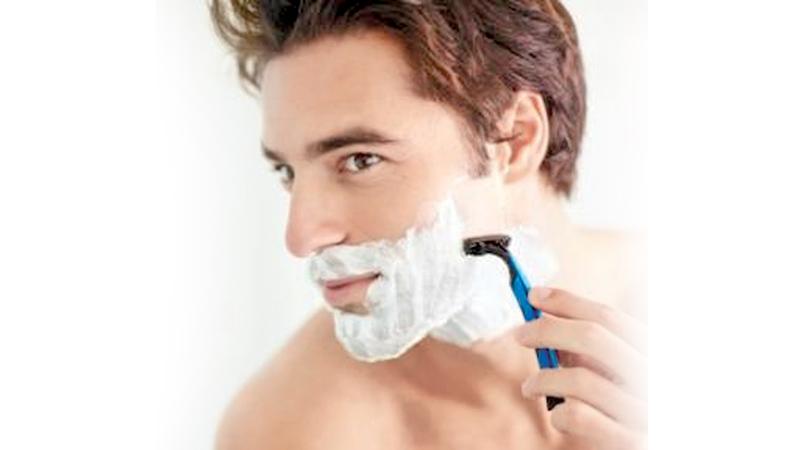
For centuries beards were a dominant manifestation of manhood: especially among warrior clans. The beard was a symbol of gallantry and was synonymous with knights and templar’s of the crusades. The Vikings had their trademark facial hair. Even today Navy officers are encouraged to maintain trim beards on sailing ships.
 Ancient tribes in the Bible were also asked to adhere to strict rules in keeping a beard. Some assume that shark teeth were once sharpened and used for shaving, fancy that! Somewhere in the middle ages the first flint razors came into play and beards were slowly shaved away. The Bronze Age also records shaving implements. Tombs in Egypt have revealed gold razors. The fashion of wearing long locks of hair was common in the Victorian courts and among the nobles of other nations.
Ancient tribes in the Bible were also asked to adhere to strict rules in keeping a beard. Some assume that shark teeth were once sharpened and used for shaving, fancy that! Somewhere in the middle ages the first flint razors came into play and beards were slowly shaved away. The Bronze Age also records shaving implements. Tombs in Egypt have revealed gold razors. The fashion of wearing long locks of hair was common in the Victorian courts and among the nobles of other nations.
So when exactly did shaving become the daily routine of a man? Many opine that Roman ruler Lucius Priscus invented the straight razor. Today the single blade razor has evolved to cater to the needs of women as well.
The first modern razor with decorated handles was made in Sheffield, England. Subsequently Benjamin Huntsman produced the world’s first hard steel razor in 1740 and the model was adopted by the curious French. Still people never shaved daily as they do today.
Can you believe that World War 1 had an impact on shaving? During the war soldiers and other civilian men were issued gas masks. The mask would fit only on a clean shaven face, so men began to shave daily in fear as they wanted the gas mask to seal and save them from a pending enemy attack. By the 1950s the straight razor was popular among barbers - the razor referred to in Ceylon by the somewhat crude name of “dhali peeya”. The straight razor was ousted by the discovery of the safety razor by Gillette. Today this company is headquartered in Boston, USA.
By 1960 stainless steel blades entered the market and people were happy because the blades could be used more than once. The world’s first twin blade was made in 1971. Stainless steel innovation came from Wilkinson company - who originally made swords. The competition paved way for disposable razors and by this time electric razors entered the market.
The electric razor (also known as the electric dry shaver) has a rotating or oscillating blade. The electric razor usually does not require the use of soap, or shaving cream. Today shaving has evolved to such a high art it is now known in top fashion as “manscaping”. Current facial hairstyles include the anchor beard, the chevron moustache, gunslinger beard, the balbo beard and the Van dyke beard. You can’t shave without foam - so history shows us that the ancient men used a mix of animal fat and wood alkaline.
The first can of pressurized shaving foam was introduced by Carter- Wallace in 1949. By the 1970s this was replaced with shaving gel.
How did women join the shaving frenzy? History records the ancient Egyptian women having the skills to remove body hair, they even shaved their heads. They used tweezers made out of seashells and a mixture of bees wax and sugar. World War 2 had an impact on women hair removal - they ran short of stockings and were forced to shave their legs. Thus the need for lady razors blossomed later.
Maintaining men’s beards and keeping faces clear of hair is an ever changing fashion. It will evolve with time. International Beard Day is celebrated in many countries in the first Saturday of September. The razor is making an amazing resurgence.
